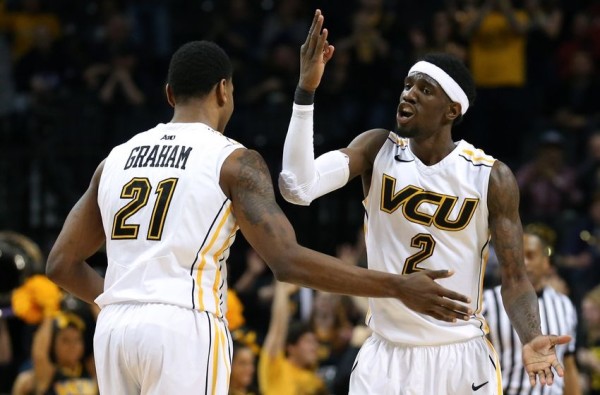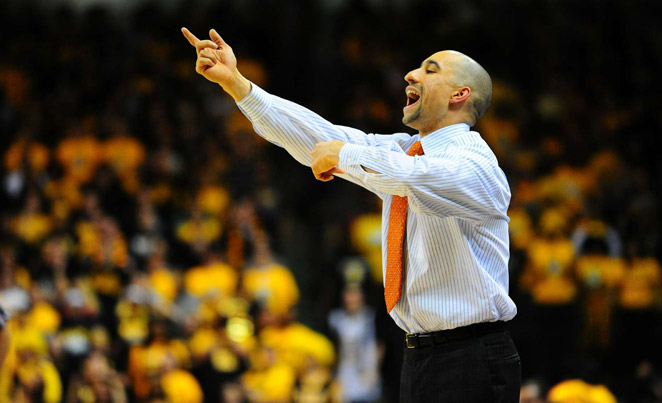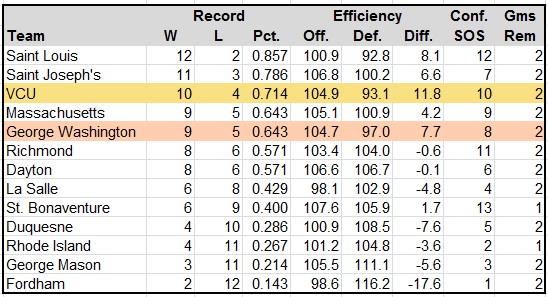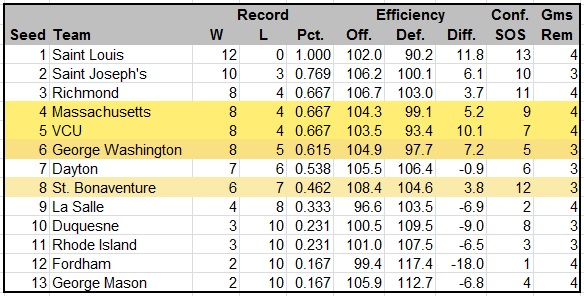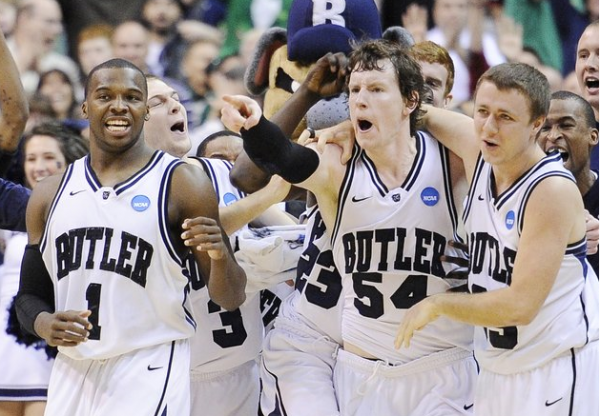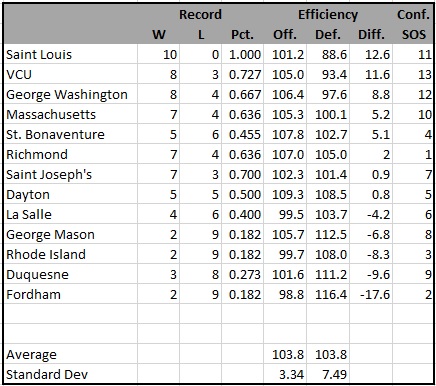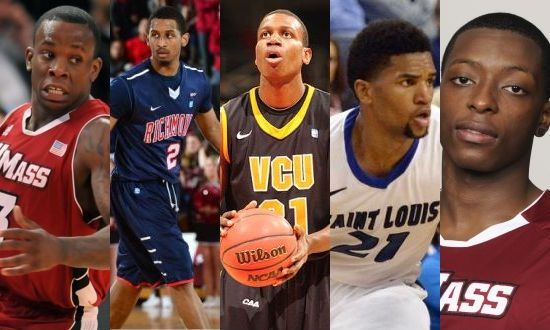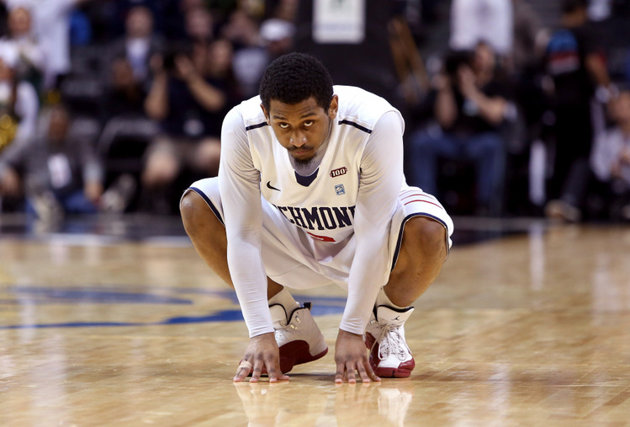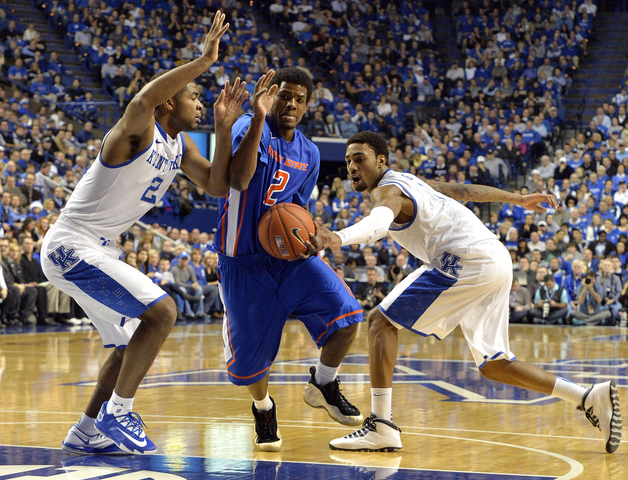Top of the O26 Class: A-10, A-Sun, Big South, Colonial, MEAC & SoCon
Posted by Tommy Lemoine on October 30th, 2014Leading up to the season, this microsite will preview the best of the Other 26 conferences, region by region. In this installment, we examine the leagues that have a traditional footprint in the Mid-Atlantic/Southeastern region of the U.S: the Atlantic 10, Atlantic Sun, Big South, Colonial, MEAC and Southern Conference. Previous installments include the Northeast region leagues and the Midwest region conferences.
Top Units
Atlantic 10
- VCU – 2013-14 record: 26-9 (12-4). Shaka Smart has led VCU to four straight NCAA Tournaments including a Final Four run in 2011, and yet this might be his most talented bunch to date. Perhaps his most highly motivated, too. After suffering a bitter, never-should-have-happened defeat to Stephen F. Austin in the Round of 64 last March, preseason all-conference picks Treveon Graham and Briante Weber return, along with several other key pieces and Smart’s best recruiting class. Graham, a 6’6″ forward, is poised to break the school scoring record this season, while the quick-handed Weber looks to build on the career steals mark he already shattered – it’s like the guy was built for HAVOC. The presence of forward Mo Alie-Cox, backcourt contributors JeQuan Lewis and Melvin Johnson, and a trio of heralded freshmen – including four-star Terry Larrier – makes this team more than ready for a tough non-conference slate. Expect a bunch of wins, an A-10 title and big things come March.
- Dayton – 2013-14 record: 26-11 (10-6). Last year’s Cinderella should be top-three good in the A-10, but it may need some time to rediscover the magic. Gone is Dayton’s best all-around player, Devin Oliver, its most important big man, Matt Kavanaugh, and two productive guards. Luckily, Archie Miller’s tendency to use a deep rotation last season – 10 to 12 guys a game – should pay off; this year’s newly-anointed starters all saw quality minutes in 2013-14. Among them will be Scoochie Smith, who steps in as starting point guard following the transfer of Khari Price. Smith’s ability to open up the offense, along with the continued emergence of forwards Jalen Robinson and Devon Scott, will be important factors. Dyshawn Pierre and sharpshooter Jordan Sibert should lead the way, but it is the (probably large) supporting cast that will determine the Flyers’ ceiling.





























